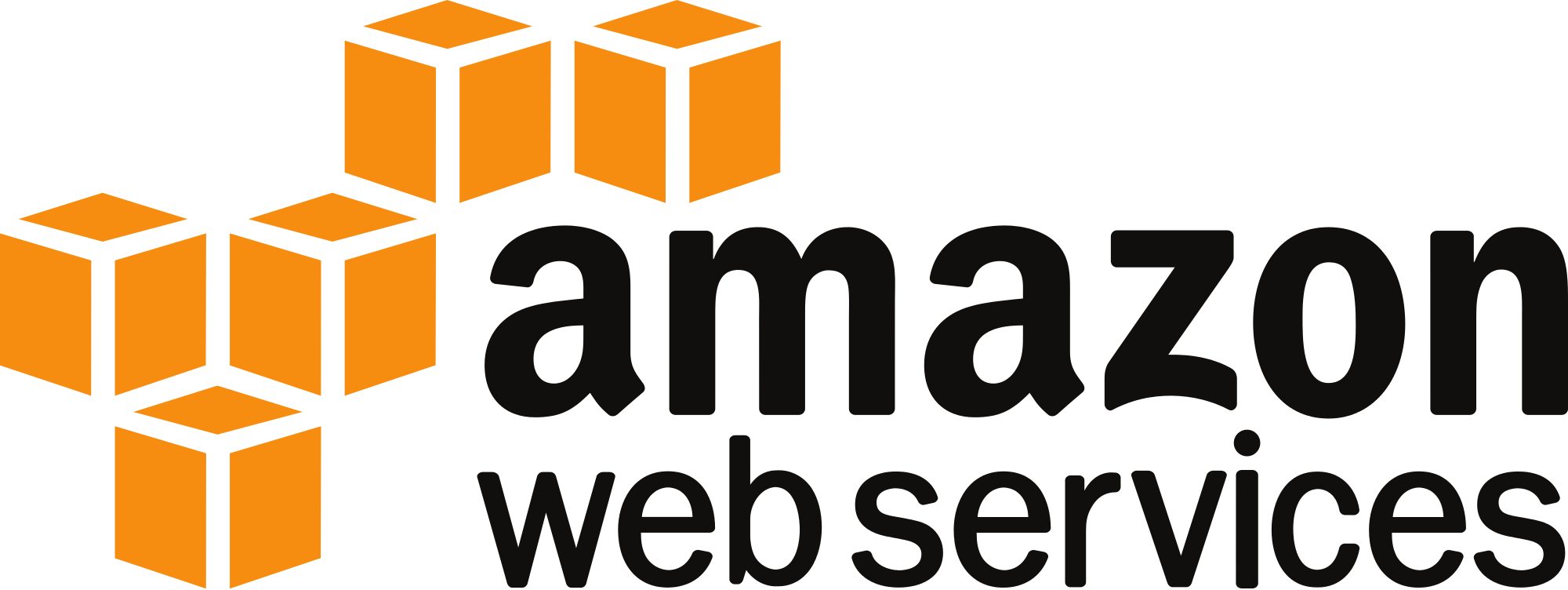More and more IT professionals and common Internet users alike are embracing cloud computing, taking advantage of the many available services to store data and receive software. With the ability to increase computing capabilities without the need for new infrastructure, cloud computing services are here to stay. The hard part isn’t deciding if you should make use of the cloud, but rather which service to use.
When dealing with cloud computing services, it’s first very important to understand the different options available. There is Software as a Service (SaaS), Platform as a Service (PaaS), and Infrastructure as a Service (IaaS).
SaaS
This is currently the largest cloud computing service market and uses the web to deliver applications that are managed by a third-party vendor whose interface is accessed on the clients’ side. Essentially, users are able to access software not on their own hard drive or on a local network but on the cloud, often a web browser.
One of the most useful things about SaaS is that most applications can be run directly from the web browser. This means that there is typically no need for installation. Also, you aren’t bogged down using a specific computer because almost everything can be managed on the cloud: “applications, runtime, data, middleware, OSes, virtualization, servers, storage, and networking.”
SaaS is the most familiar form of cloud computing service for consumers. Leading providers include Dropbox, Google Drive, and Salesforce.
This is a very good option for the average user as SaaS allows users to lower their traditional costs. With SaaS, there’s less need to maintain or buy new software. These applications are typically provided by subscription. For example, for unlimited storage on Google Drive, users can pay $50/user/year.

PaaS
With PaaS, developers are able to have a platform in which they can build, develop, test, customize, and deploy applications. The ability to do this is in a much more simple and cost-efficient manner. This is because the providers perform much of the necessary work to make it easier on users.
According to Apprenda, using this technology, “enterprise operations, or a third-party provider, can manage OSes, virtualization, servers, storage, networking, and the PaaS software itself,” with developers still able to manage their applications. Essentially, PaaS provides users the freedom to develop their product without having to worry as much about the operating system, server software, underlying server hardware, and network infrastructure.
This was explained in the same article as “similar to the way in which you might create macros in Excel, PaaS allows you to create applications using software components that are built into the PaaS.”
Other more things about PaaS include the fact that the applications built using this are able to inherit cloud characteristics, “such as scalability, high availability, multi-tenancy, SaaS enablement, and more.” Lastly, like a lot of cloud computing services, PaaS uses virtualization technology that allows businesses to request more services as the business grows, pulling back if the company downsizes, rather than having to buy set-size hardware.
Some top-rated examples of this include EngineYard, Windows Azure, and WorkXpress.
IaaS
These are some of the most useful models that save much space and money in terms of purchasing hardware. IaaS allows users to connect, control, and manage “remote datacenter infrastructures, such as compute (virtualized or bare metal), storage, networking, and networking services (e.g. firewalls).” Like most other PaaS and SaaS services, users can purchase this based on their needs, upscaling or downscaling services whenever necessary.
IaaS is sometimes referred to as “the fundamental building blocks for cloud services” that are highly automated and scalable.
Users of this service typically maintain and manage much more computing resources than available with SaaS or even PaaS. This includes applications, data, runtime, middleware, and OSes. Providers are useful, instead, by continuing to manage virtualization, servers, hard drives, storage, and networking. There are also some providers that offer more than what is listed here, such as databases.
Typically, these services are offered via dashboard and/or API. Clients are able to access servers directly, similar to a traditional server, but have more scalability options. Essentially, those who use IaaS are able to outsource to the cloud to build a “virtual data center”. This gives the ability to access similar technology of traditional data centers without physical maintenance or administration.
IaaS is “the most flexible cloud computing model and allows for automated deployment of servers, processing power, storage, and networking” and those using this model have much more control over their own framework. Some of the uses of IaaS are development and distribution of PaaS, SaaS, and web-scale applications.
Some of the most highly rated examples of this include atlantic.net, CloudSigma, and Amazon Web Services.
Know what you need
Ultimately, you can’t choose between cloud computing services until you know what you need. Many of the above-mentioned services also have different options that cater to each service. For example, IBM Cloud offers Infrastructure-as-a Service, Service as a Service, and Platform as a Service (although it calls it BPaaS — Business Platform as a Service).
 Among providers, Amazon Web Services consistently rates high and has won numerous awards. AWS is technically IaaS, but also offers many services that function as PaaS. Because of the number of services AWS offers, it’s impossible to lay out all the prices in this article. They do, however, offer a free usage tier. This is for anything you want to run in the cloud: launch new applications, test existing applications in the cloud, or simply gain hands-on experience with AWS.
Among providers, Amazon Web Services consistently rates high and has won numerous awards. AWS is technically IaaS, but also offers many services that function as PaaS. Because of the number of services AWS offers, it’s impossible to lay out all the prices in this article. They do, however, offer a free usage tier. This is for anything you want to run in the cloud: launch new applications, test existing applications in the cloud, or simply gain hands-on experience with AWS.
While AWS typically has higher reviews, it also faces some tough criticism for its slow response time and customer service. Overall, though, Amazon Web Services is a high-ranking, easy-to-use option that is highly recommended.



